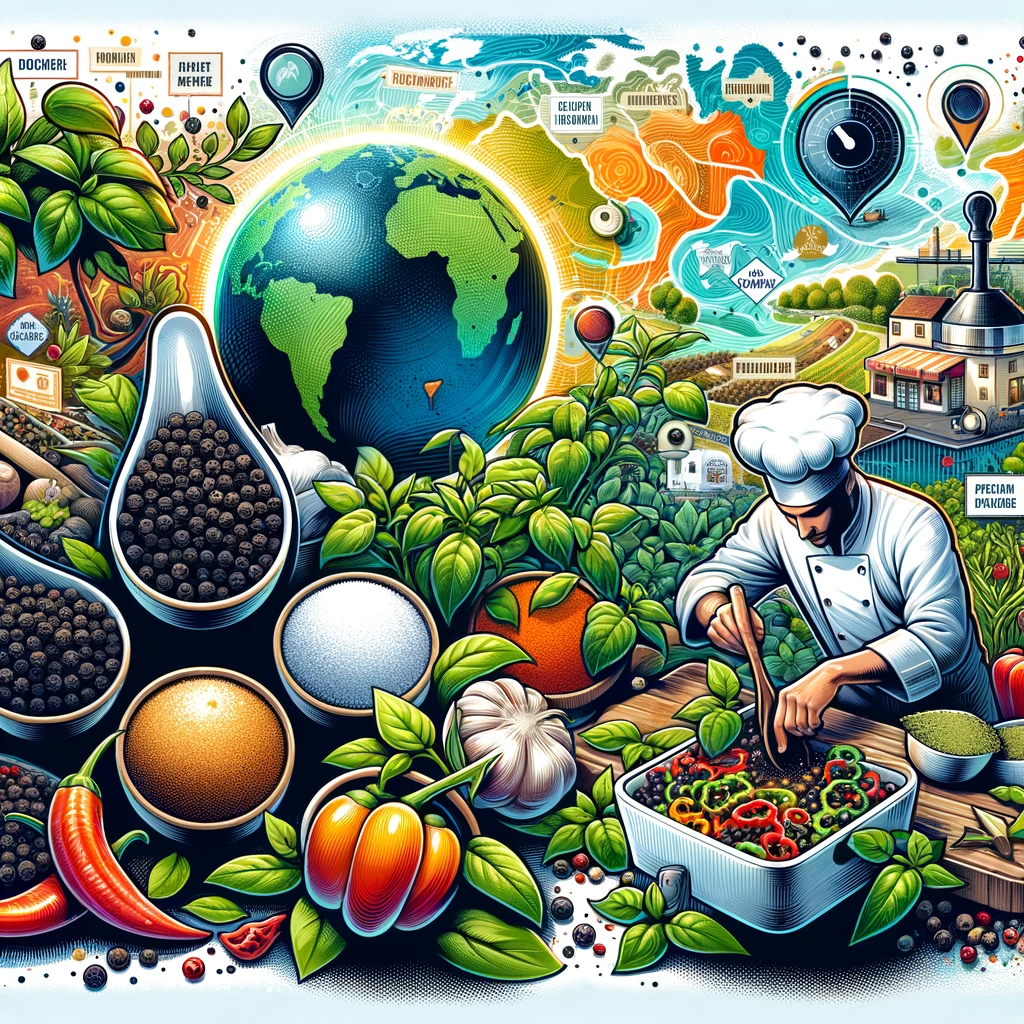Pepper is an essential spice in Chinese cuisine, adding depth and flavor to a wide range of dishes. In this article, we will explore the different types of pepper used in Chinese cooking, their unique characteristics, and how they are employed in various regional Chinese cuisines.
Types of Pepper in Chinese Cuisine
1. Black Pepper
Black pepper, known as “hu jiao” (胡椒) in Mandarin, is one of the most commonly used spices in Chinese cuisine. It is characterized by its pungent and sharp flavor. Black pepper is used in both whole and ground forms and is typically added to stir-fries, soups, and marinades. It is especially popular in Sichuan and Hunan cuisines, where it contributes to the famous “numbing and spicy” flavor profiles.
2. White Pepper
White pepper, or “bai jiao” (白胡椒) in Mandarin, has a milder flavor compared to black pepper. It is made from fully ripe pepper berries with the outer skin removed. White pepper is commonly used in lighter Chinese dishes like soups, steamed dishes, and seafood preparations. Cantonese cuisine often features white pepper as a seasoning, adding a subtle heat to their famous dishes.
3. Sichuan Peppercorns
Sichuan peppercorns, also known as “hua jiao” (花椒), are a staple in Sichuan cuisine. Unlike black or white pepper, Sichuan peppercorns provide a unique numbing sensation along with their citrusy and slightly floral flavor. They are used whole or ground in dishes like mapo tofu and Sichuan hot pot. The combination of Sichuan peppercorns and chili peppers creates the famous “mala” flavor.
Regional Variations
1. Sichuan Cuisine
Sichuan cuisine, famous for its bold and fiery flavors, heavily relies on the use of Sichuan peppercorns. Dishes like “Kung Pao Chicken” and “Sichuan Dan Dan Noodles” showcase the numbing and spicy sensation of these peppercorns. Sichuan cuisine often incorporates both black and white pepper as well, creating a complex layering of flavors.
2. Cantonese Cuisine
Cantonese cuisine, on the other hand, prefers white pepper for its subtler spiciness. Dishes like “Cantonese-style steamed fish” and “Wonton soup” are seasoned with white pepper to enhance their delicate flavors. Black pepper is occasionally used in Cantonese stir-fries, adding a touch of heat.
3. Hunan Cuisine
Hunan cuisine embraces the intense heat of black pepper, creating dishes like “Hunan-style Spicy Beef” and “Hunan Hot and Sour Soup.” The combination of black pepper and other chili peppers results in a fiery and robust taste that characterizes this regional cuisine.
Conclusion
Pepper plays a pivotal role in Chinese cuisine, providing various flavors and heat levels to dishes across different regions. Whether it’s the numbing sensation of Sichuan peppercorns, the mild spiciness of white pepper in Cantonese cuisine, or the boldness of black pepper in Hunan dishes, each variety of pepper brings its own unique charm to the rich tapestry of Chinese culinary traditions. Understanding these pepper variations is key to appreciating the diversity and complexity of Chinese cuisine.
So, next time you savor a Chinese dish, pay attention to the pepper used, and you’ll discover a world of flavors within this humble spice.
